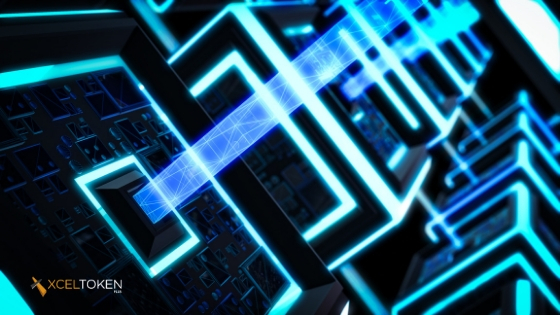History of Blockchain
Blockchain
technology has to be one of the principal innovations of the 21stcentury assumed the ripple effect it is having on
various sectors, from financial to manufacturing as well as education. Unknown
to many, is that Blockchain history dates back to the early 1990’s. Since its
popularity started increasing a few years back, a number of requests have
cropped up all but underlining the kind of impact it is destined to have as the
race for digital economies heat up.
How blockchain emerged?
Stuart Haber and W.
Scott Stornetta intended what many people have come to know as blockchain, in
1991. Their first work complex working on a cryptographically
secured chain of blocks whereby no one could tamper with timestamps of
documents. In 1992, they upgraded their system to incorporate Merkle trees that
enhanced efficiency thereby enabling the collection of more documents on a
single block. However, it is in 2008 that Blockchain History starts to gain
relevance, thanks to the work one person or group by the name Satoshi Nakamoto.
Satoshi Nakamoto is accredited as the
brains behind blockchain technology. Very little is known about Nakamoto as
people believe he could be a person or a group of people that worked on
Bitcoin, the first application of the digital ledger technology. Nakamoto
conceptualized the first blockchain in 2008 from where the technology has
evolved and found its way into many applications beyond cryptocurrencies.
Satoshi Nakamoto released the first whitepaper about the technology in 2009. In
the whitepaper, he provided details of how the technology was well equipped to
enhance digital trust given the decentralization aspect that meant nobody would
ever be in control of anything. Ever since Satoshi Nakamoto exited the scene
and handed over Bitcoin development
to other core developers, the digital ledger technology has evolved resulting
in new applications that make up the blockchain History.
Structure of the blockchain:
In simple terms, Blockchain is a peer-to-peer
distributed ledger that is secure and used to record transactions across many
computers. The ledger’s contents can only be updated by adding another block
linked to the previous block. It can also be envisioned as a peer-to-peer
network running on top of the internet. In layman or businesses term,
blockchain is a platform where people are allowed to carry out transactions of
all sorts without the need for a central or trusted arbitrator. The created
database is shared among network participants in a transparent manner, whereby
everyone can access its contents. Management of the database is done
autonomously using peer-to-peer networks and a time stamping server. Each block
in a blockchain is arranged in such a way that it references the content of the
previous block. The blocks that form a blockchain hold batches of transactions
approved by participants in a network. Each block comes with a cryptographic
hash of a previous block in the chain. Read more about what is blockchain.




Comments
Post a Comment